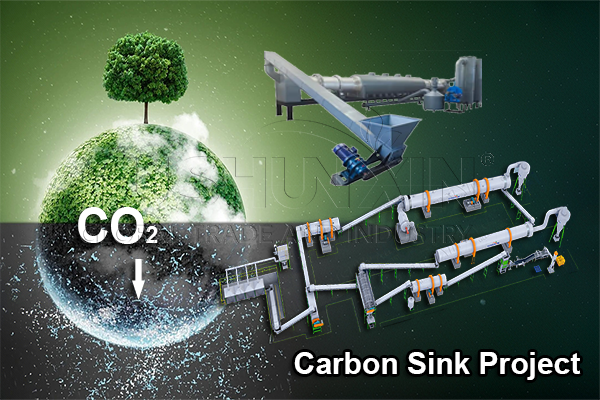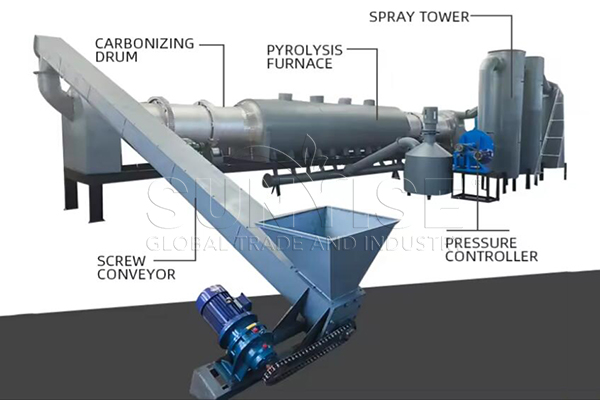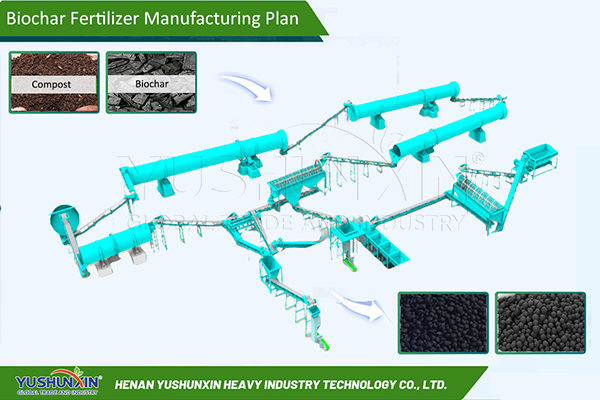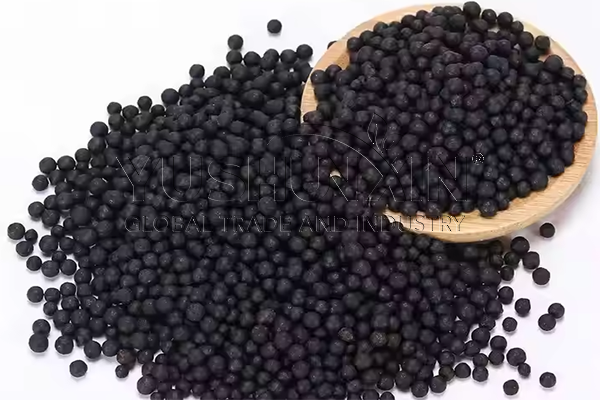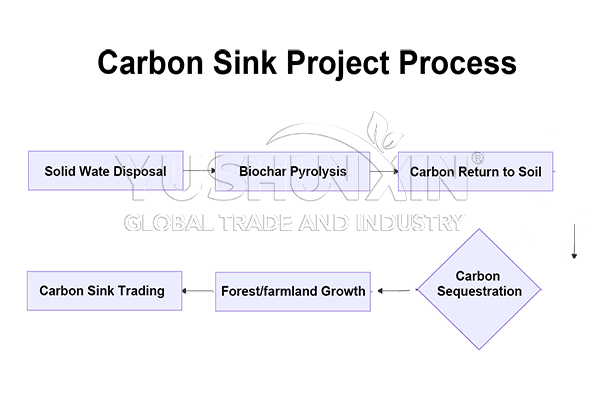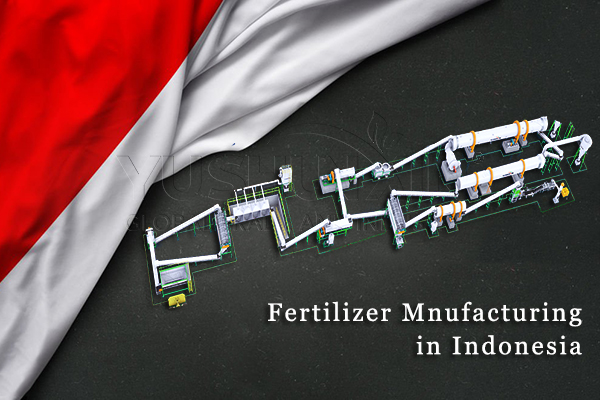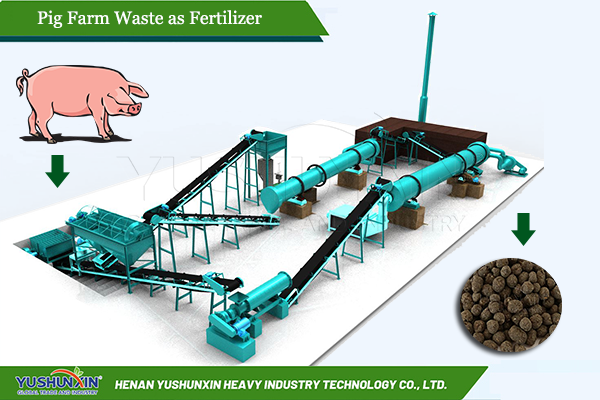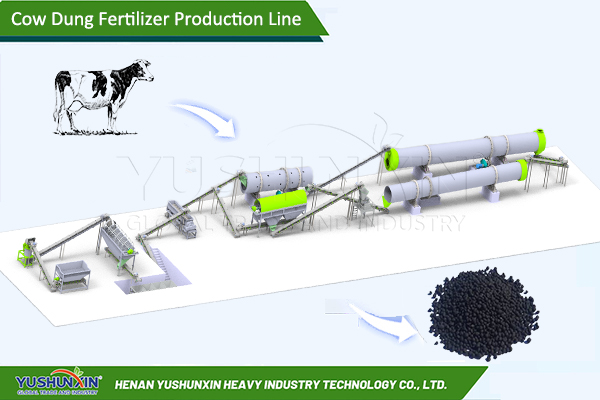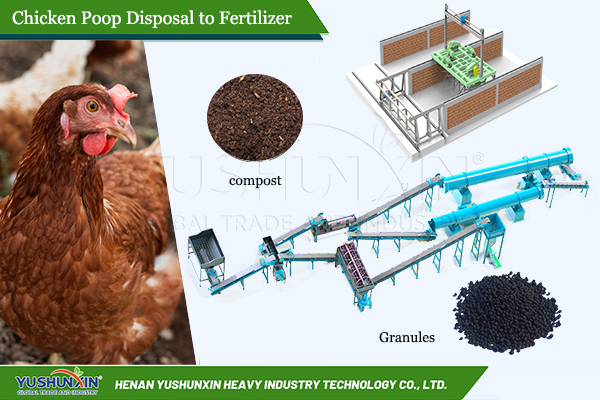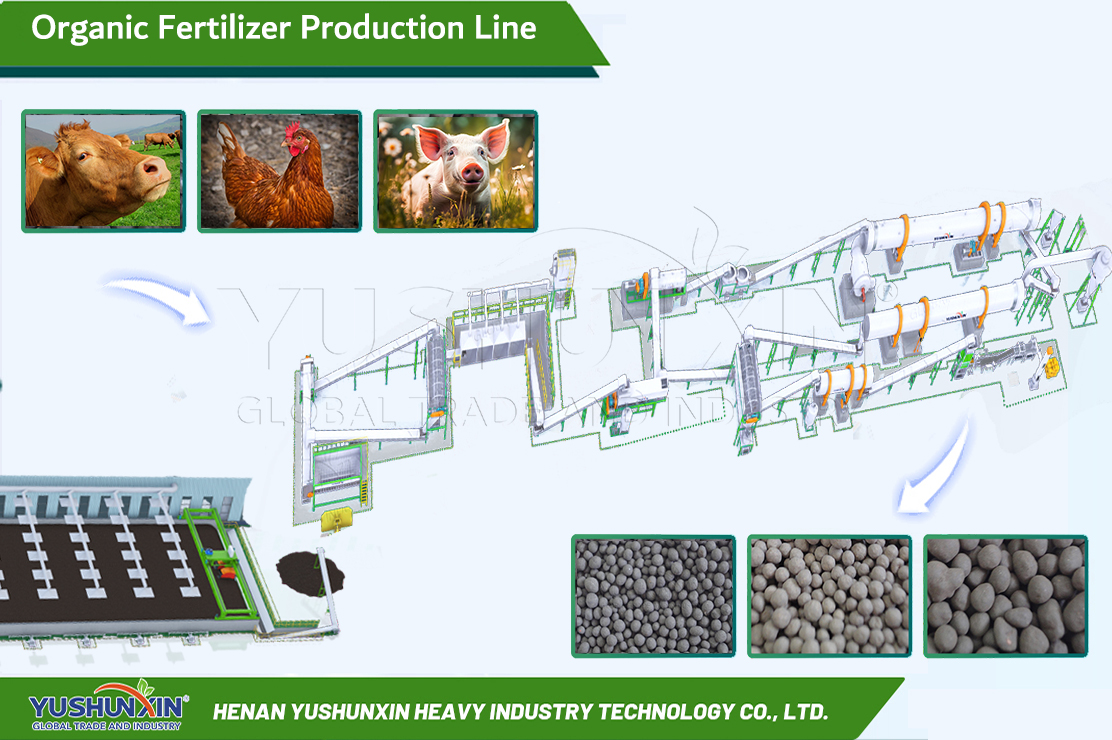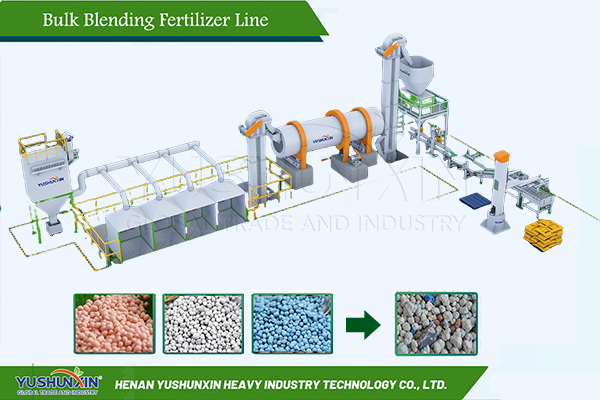With rising global attention on climate change and soil degradation, carbon sink increasing and carbon neutrality are projects many industries focus on. But, how to start the carbon sink project? There are 2 common methods: biomass pyrolysis and biochar fertilizer production. This process not only sequesters carbon but also improves soil health, supports regenerative agriculture, and offers long-term economic benefits.
Top 2 methods for starting carbon sink project
In general, there are 2 methods are commonly used in carbon sequestration. Biomass pyrolysis and biochar fertilizer making.
Solid waste disposal by biomass pyrolysis
If you want to dispose of solid waste and reduce the carbon emissions, the biochar pyrolysis is an ideal choice. It will thermally decomposing organic materials such as wood chips, crop residues, straw or sludge in a low-oxygen environment. This pyrolysis process converts solid waste into biochar, syngas, and oil. Here, you can sequestrate the biochar to soil for support farmland and forest cultivation and enhance the carbon sink. At the same time, the generated by-products, syngas and oil, can be used as energy for you industrial plants.
Commercial biochar fertilizer making
Further, you also can upgrade the pyrolysis project to biochar fertilizer making production, which has a higher commercial value. This system will mix biochar with manure compost, microbial inoculants, or N, P, K materials to produce 2-4 mm fertilizer granules. Its organic matter content can reach over 35%. Therefore, it has a better performance on soil improvement and growth of crops and trees. In addition, you also can choose to sell them to local farmers to make profits.
How the biochar pyrolysis and fertilizer making achieve sustainable carbon sink growth?
The entire carbon sink project process is circular and sustainable. It contains solid waste recycling and disposal → biochar pyrolysis/ biochar fertilizer making → carbon return to soil → soil carbon sequestration → farmland and forest sink enhance → carbon sink trading. Then, you can recycle the wood waste, agricultural waste and industrial waste again to produce biochar and carbon based fertilizer.
Whether you want to reduce carbon emissions for carbon neutrality or increase carbon sink of the farmland and forest, the biochar pyrolysis and biochar fertilizer making line can fully meet your needs. If you want to learn more about the project, welcome to contact us immediately.

